During the decade I’ve been on a carnivore diet, I’ve eaten all kinds of cured meats and experimented with different curing methods countless times.
At Carnivore Style, we’re always looking for the best ways to enjoy meat while keeping it clean and flavorful.
So, I put my trust in ButcherBox, a meat delivery service that’s been in the spotlight for its hormone and antibiotic-free cuts. The company is dedicated to sustainability and offers free shipping, which is a bonus.
To give you all the ins and outs of cured meat, I’ve also talked to my local butcher to find out what curing methods give the best results.
Read on.
Quick Summary
- Cured meats are meats in which liquid has been removed to prevent the spread of bacteria.
- There are three methods for preserving meats.
- There’s a huge variety of cured meats, with the most popular being salami, prosciutto, pepperoni, and others.
What Is Cured Meat?

Cured meat is meat made through processes that remove moisture from the meat, drawing out harmful bacteria. Most curing processes need salt and nitrates to regulate moisture and preserve color, flavor, and meat longevity [1].
refers to the food preparation of cooked meats or raw meats in which the taste is enhanced with the use of salt and spices.
Italy is one of the biggest producers of cured meats worldwide, where cured meats come from cattle, sheep, and pigs. However, some sausages are made with game meats such as boar, deer, and venison.
Related Articles:
Meat Curing Methods
There are three methods of curing meat: wet, dry, and combination curing. The main difference is that wet involves a liquid, while dry curing doesn’t.
Each curing process needs a salt-based solution that penetrates cured meats so they are safe to eat.
Here’s the breakdown of the curing method.
1. Dry Curing
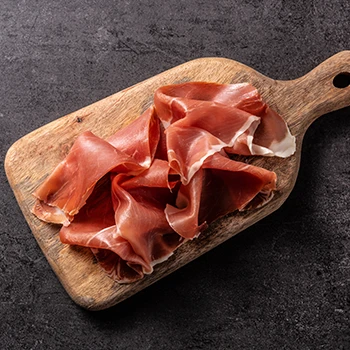
Dry curing is most commonly used for ham, bacon, and smaller cuts. To make dry cured-meats, a curing mix is applied to the meat. This mix seals the meat and keeps it refrigerated while the meat cures.
The salt draws out the water until potential bacteria in the meat cell can’t grow or survive any longer.
The amount of salt needed to prevent bacteria from spreading depends on the type of bacteria. For example, only 3% salt curing concentration is enough to kill salmonella, while other bacteria can survive in higher salt concentrations.
Any excess salt is rinsed off after curing meats, and the dry-cured meat is cooked before eating.
“Curing is the addition to meats of some combination of salt, sugar, nitrite, and/or nitrate for the purposes of preservation, flavor, and color.”
- The National Center for Home Food Preservation
2. Wet Curing

Wet curing involves curing meat in salt and water to get a sweet pickle solution. The meat can be submerged in the liquid, or the liquid can be injected into the meat.
The curing process is faster when the meat is injected with the liquid.
The cured meat needs to be cooked before eating. This process usually produces cured meats that are less salty compared to their dry counterpart.
3. Combination Curing
Combination curing is a mix of both dry and wet curing. It’s most commonly used to cure hams.
This method has the shortest curing time and the lowest risk of spoilage because the curing happens inside and outside the cured meats.
The cured meat is left in the fridge and needs to be occasionally checked during the fermentation process.
Curing Meat Ingredients

These are the most common ingredients used during curing:
- Meat — Beef, pork, lamb, veal meat, and fish are most commonly used. You can cure pork belly, pork shoulder, beef brisket, and many other cuts.
- Salt — This is the most important ingredient for the meat curing process. It draws water out of the meat and removes microorganisms. The less moisture the meat has, the longer it can last before eating.
- Sugar — It’s not always used, but it can counteract the harsh salt flavor. It’s more commonly used for wet than dry-cured processes.
- Sodium nitrate/sodium nitrite — These are compounds that naturally occur in human bodies and some foods. In meat, they become nitric oxide which reacts with protein, changes the meat color, and preserves it for safe use. Natural and synthetic nitrates can be used during the curing. Natural nitrates come from food, not synthetic sources.
- Vinegar/citrus juice/alcohol — These curing mixtures are used for added flavor. They have chemicals that help the cured food preservation.
- Spices and herbs — These are also used for more flavor when curing meats. Some studies also show that spices can have preservative effects if used in large quantities [2].
A note about nitrates: Recent studies show they can be carcinogenic. Nitrate is prohibited in bacon, and only a limited concentration can be used in cured meats [3].
What Are Different Types of Cured Meats?

These are the types of cured meats:
- Prosciutto — This is Italian-style cured meat, and it’s made from a pig’s hind leg. Prosciutto is salt-cured and air-dried, so there’s no need to cook it before eating. It’s thinly sliced and slightly chewy.
- Salami — It’s made from ground beef or pork with seasonings and animal fat. It’s stuffed into a casing and hung in a temperature-controlled room. The longer the meat spends fermenting, the drier it is, so some salamis are dry while others are juicy.
- Culatello — Culatello di Zibello is a renowned Italian cured meat known for its sweet taste and unique flavor. It's prepared from the leanest part of the pig's buttocks and undergoes a year-long maturation in humid conditions. It is stored wrapped in linen in a cool place, with oil and butter applied to the exposed meat to preserve its quality.
- Jamón serrano — This is dry-cured ham from Spain. It’s aged for a few months and then heated for four weeks.
- Pepperoni — Is most commonly used on pizza. Pepperoni is a mix of ground beef and pork and seasonings such as smoked paprika that give it a savory and slightly spicy taste. It can also be eaten uncooked.
- Bacon — It’s made with smoked pork belly, but there are some made with turkey and lamb. It can taste smoky, salty, or savory and should be cooked before eating.
- Jamon Iberico — Has to be made with black Iberian pigs. It has a richer flavor compared to other cured meats and is expensive.
- Andouille sausage — Comes from France. It’s seasoned with garlic, onions, peppers, and wine. It has a smoky flavor.
- Blood sausage — Most countries have their versions. It’s most commonly boiled, hung, and cured.
- Chorizo — Sausage seasoned with hot paprika, garlic, and salt.
- Mortadella — A thick sausage made out of cured pork. It’s usually used in sandwiches.
- Corned beef — Usually made with brisket and brine curing. It’s served in thick slices.
FAQs
Is Cured Meat Raw?
Yes, cured meat is raw. Cured meat can also be cooked, depending on the meat.
How Do You Cure Meat Naturally?
You cure meat naturally by covering it with salt for a day. The meat should be completely covered. You can also add flavorings, such as celery and pepper.
Can Salami Be Uncured?
Yes, salami can be uncured. This salami doesn’t have chemical additives, nitrates, and nitrites.
At Carnivore Style, we’re here to help you get the best taste and quality from every cut of meat. Check out our other guides for more tips on sourcing, preparing, and enjoying meat the right way.
References:
- https://nchfp.uga.edu/publications/nchfp/lit_rev/cure_smoke_cure.html
- https://efsa.onlinelibrary.wiley.com/doi/10.2903/j.efsa.2018.5134
- https://progressreport.cancer.gov/prevention/nitrate#:


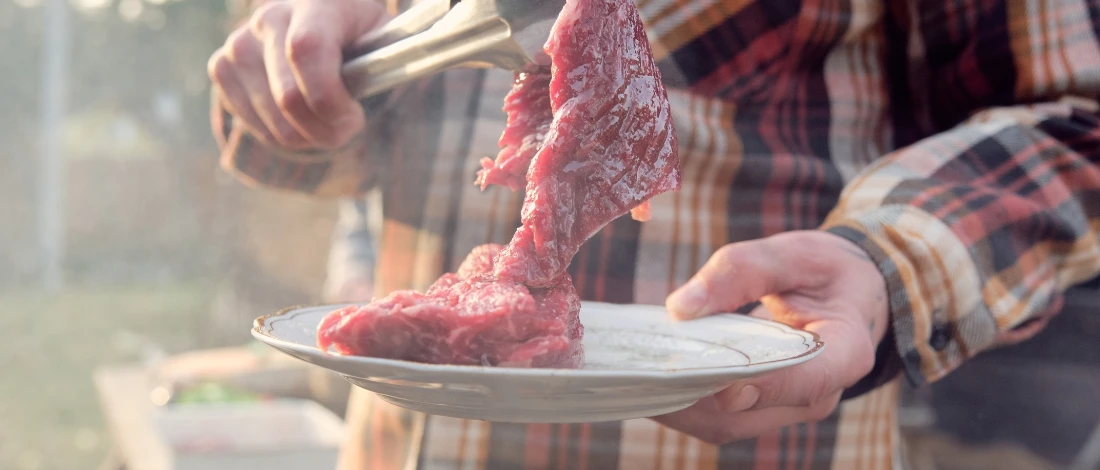
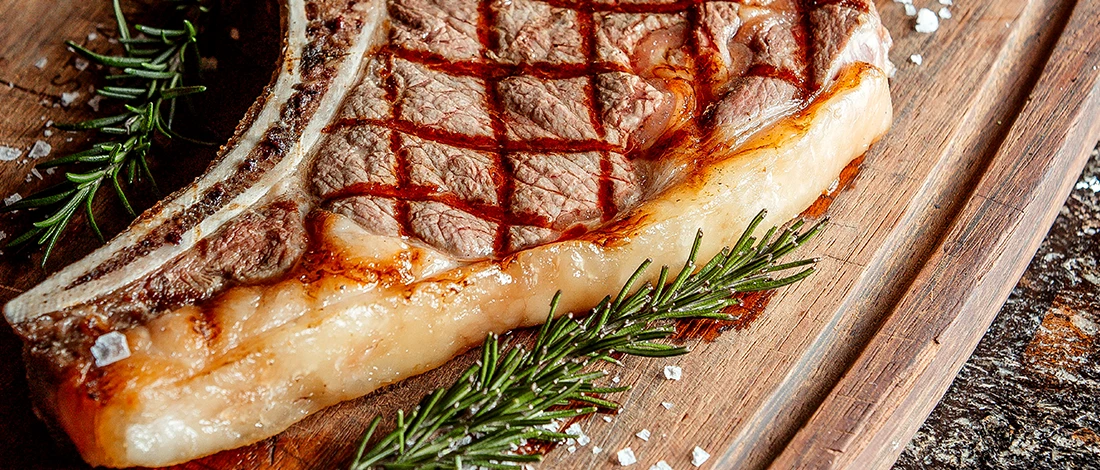

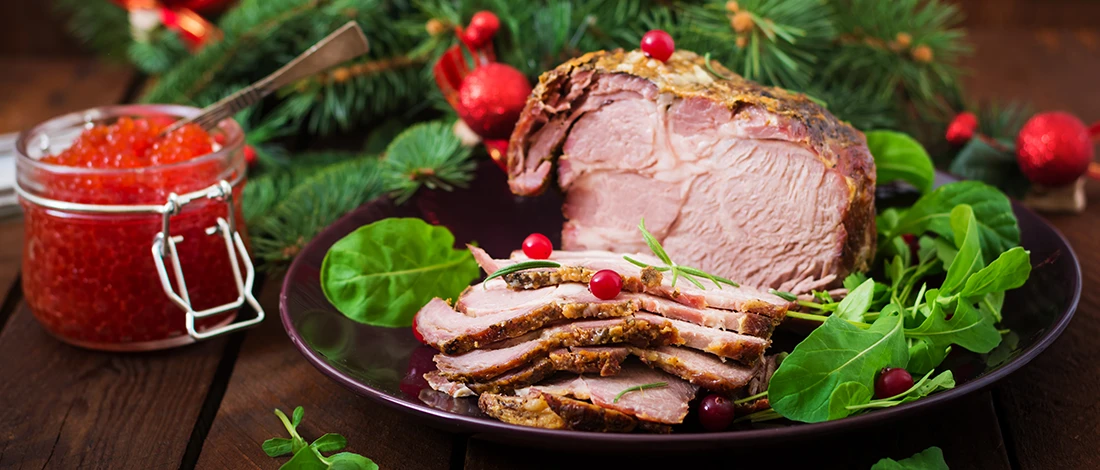
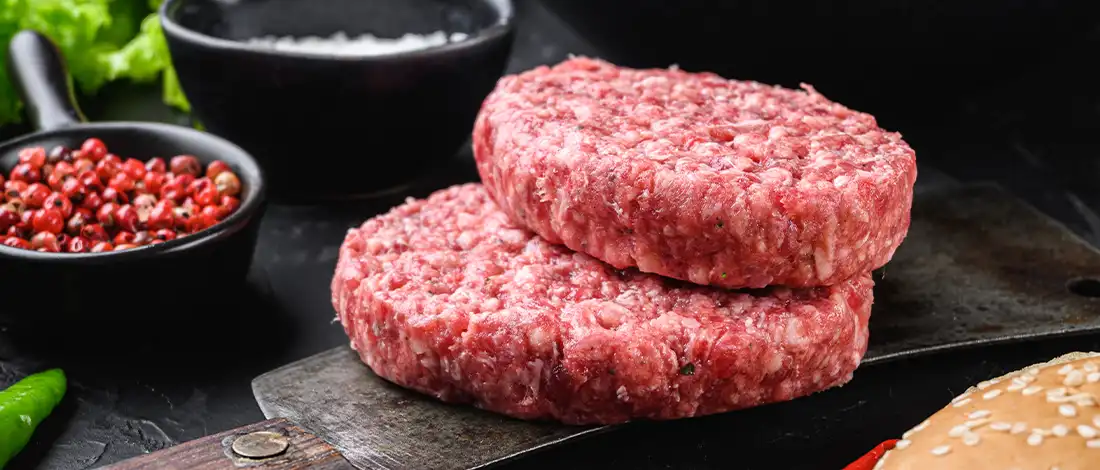


I always loved cured meats like prosciutto and salami, but I never really knew what made them different from fresh meats. This breakdown is super helpful in understanding what curing actually does to the texture and flavor. Now I know why they taste so unique and pair so well with so many foods